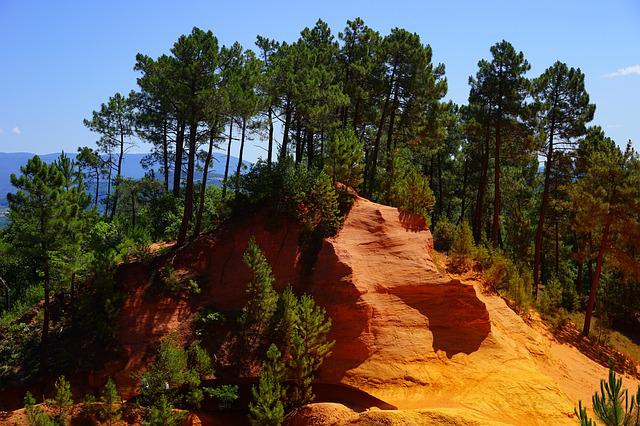When it comes to gardening, soil type plays a major role in the growth of plants. If you’re planning to use red clay for gardening purposes, it’s okay to find out is red clay acidic.
While red clay soil may present some challenges for gardeners, it can be a great option for certain types of plants, particularly those that thrive in acidic conditions. With the right amendments and care, red clay soil can be turned into a rich and fertile growing medium for your garden.
Red clay soil, also called ultisols, is common in the Southern United States. They are mainly found in tropical regions with humid temperatures. Unfortunately, this soil type has low fertility, partly as a result of climate conditions. But is the red clay soil acidic?
Is Red Clay Acidic
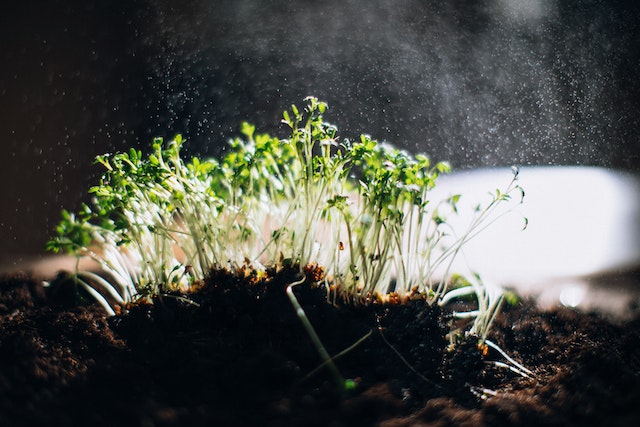
Yes, the red clay soil is acidic as it usually has a PH below 5 as a result of low calcium content. In other words, the lower the calcium, the lower the soil PH. Although the red clay soil can be clumpy sometimes, it is good for cultivating plants.
At this point, you may be wondering why the red clay has a red color. Moreover, if you want to use the soil for farming purposes, how do you go about it? We will provide answers to these questions and others in this article.
Read further to learn more about the red clay soil!
Why Is The Color Of Red Clay Red?
Iron oxides are the main cause of the red color in the red clay soil. When rocks break down, in a process known as weathering, they produce clay. Some of the factors that cause weathering in rocks include wind, volcanic eruptions, and rain.
Naturally, all rocks have mineral components. When rocks that contain iron oxides break down, the product is red clay.
There are certain essential minerals in clay such as silica, quartz, aluminum oxides, carbonate, and iron oxides. Constant weathering of clay results in the loss of major minerals such as calcium, sodium, carbonate, and potassium.
Interestingly enough, aluminum and iron oxides do not wash away from the clay the same way as other minerals. Hence, it’s not surprising that the major minerals in extremely weather-beaten clay are iron or aluminum oxides.
Advantages Of Using Red Clay For Gardening?
1. It Absorbs Nutrients Easily
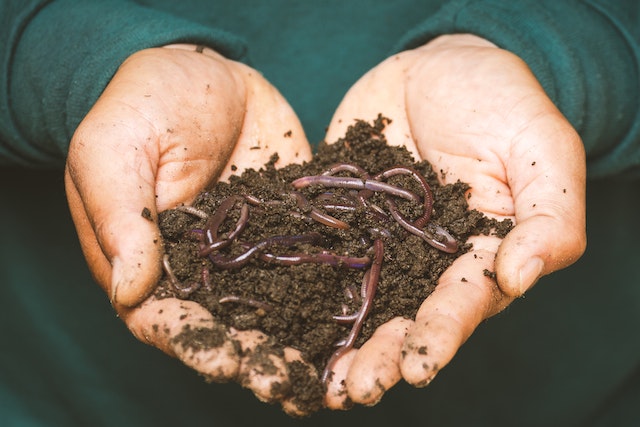
Since the red clay has increased compaction, it absorbs and holds nutrients together perfectly. When you apply fertilizers that contain magnesium, potassium, and other minerals to the soil, it quickly binds them together. This property helps plants to grow abundantly, and healthily.
2. It Retains Moisture
Like the other clay types, red clay can retain water. During the dry season, some plants tend to wither and die due to a lack of moisture. These plants can grow well in the red clay soil.
Disadvantages Of Using Red Clay For Gardening?
1. It Drains Poorly
Another issue the red clay has is that it lacks good drainage. Compared to other types of soil, water doesn’t easily drain away from clay. If you grow a plant that doesn’t need much moisture in the red clay, it may not grow perfectly well.
2. It Is Highly Acidic
As we’ve mentioned earlier, red clay is acidic due to its lower calcium content. Some plants will be less likely to thrive in this soil type. But you can always increase the PH of the soil.
3. It Compacts Easily
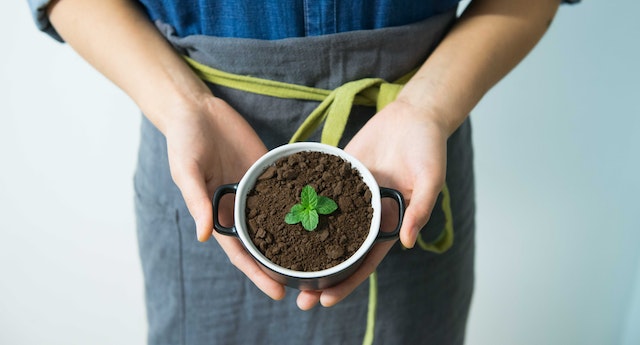
Ask many gardeners around about farming with red soil and they may not support the idea. Red clay can get messy and sticky when wet and can also get clumpy when dry. This can prevent the free passage of nutrients and water your plant gets from the soil.
How To Improve Red Clay For Gardening Purposes
Growing plants in your red soil may be a huge task, especially if you’re a beginner. But there are ways to make it simple and enjoyable.
Here are 4 tips to make gardening on your red soil easy:
1. Mix The Soil With Organic Matter
Get a good amount of organic matter such as grass clippings, manure, and compost and add it to the clay. Any type of organic matter will do the magic of improving the red clay.
Using a shovel, spread the organic matter over the entire soil. And make sure it is at least 6 to 12 inches deep in the soil.
Soil organic matter will help to improve soil aeration and drainage. It will also increase the nutrients in the soil.
2. Mulch Properly
If you’re not planting a cover crop, mulch the clay soil. Without mulching, the soil will become compacted quickly. Tree leaves, fresh or old hay, wood shavings and other crop remains are good for this purpose. Straw is also a good addition, but be certain it is free from herbicides.
Mulching will help the soil to control the growth of weeds and the temperature below the plants. Furthermore, it will also help to retain water in the soil.
When the rainy season is coming, use a moderate amount of mulch to prevent fungi from taking over the soil.
3. Avoid Overwatering
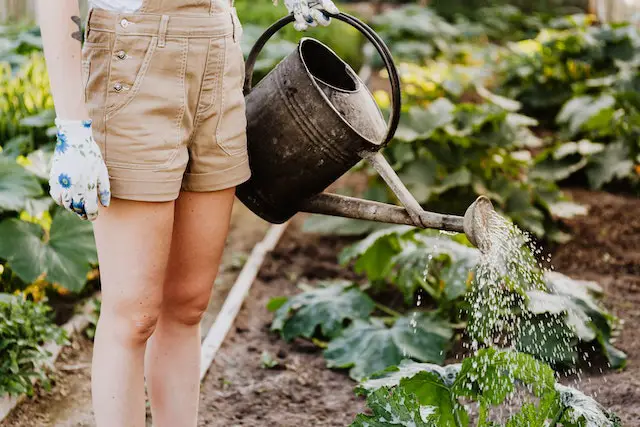
Since the red soil retains moisture, you may not want to water it for a long time. But note that this can cause dryness in the soil and stunted growth in plants. Similarly, overwatering the red soil can also damage your plants. So make sure the soil is not too dry or too wet.
4. Use Garden Lime
One simple way to reduce the acidic level of your red soil is to apply garden lime to it. This will make the soil more alkaline, less clumpy, and well-draining. Working on the soil will be easier since it is no longer clumpy. While lime can help plant growth, don’t add too much to the clay to prevent the plants from dying.
Learn more from another post: Can You Use Cactus Soil for Other Plants?
Final Thoughts
For many gardeners, red soil is the last option to consider when it comes to gardening. Not only is the red clay soil acidic, but it also doesn’t drain well. But understand that growing plants on red soil can be rewarding in the long run.
Apart from having the capacity to retain moisture, the soil absorbs nutrients easily, which is beneficial for plant growth. However, you need to invest your time and effort in working on the soil before enjoying its benefits.
Frequently Asked Questions
Does Red Clay Need Lime?
Well, it depends on the type of plants you want to grow on it. While some plants thrive in alkaline soil, others will do well in acidic soil. So the red soil doesn’t necessarily need lime unless its PH is extremely low. And in situations where the plants you want to grow need alkaline soil, it is okay to add lime to the clay.
Can Plants Grow In Red Clay?
Yes, plants can grow well in red clay just like in other soil types. However, you need to improve the red soil for growing plants as it has poor drainage. Moreover, the soil is highly acidic, which may not be a good fit for plants that grow in alkaline soil.
Consider adding garden lime, organic matter, and mulch to the soil to improve it for planting.
What Grows Well In Red Clay Soil?
Most vegetables with shallow roots will grow well in the red clay soil since it absorbs water. They include green beans, lettuce, potato, turnips, cabbage, broccoli, and Brussels sprouts. But you need to improve the soil quality and drainage by adding nitrogen-rich fertilizers to it.

Hey, I’m Lisa and I’ve been an avid gardener for over 30 years. I love writing, talking and living in the garden! Feel free to connect with me on my socials below

